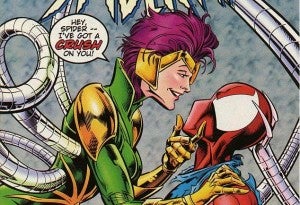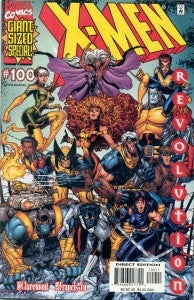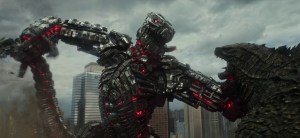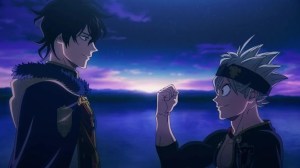Every so often, the solicitations text comes out for some story that’s three months down the road and you sit there and say to yourself, “That could be brilliant!” A pause, a little consideration and you finish the thought: “That could be brilliant! It could also blow up rather spectacularly.” The most obvious example in recent memory is DC’s New 52 initiative which, three months in, seems to be working pretty well for them, garnering high sales, new customers and critical praise.In the 20-plus years I’ve been reading comics, though, I remember quite a number of these things that didn’t pay off. When they fail to work, they seem like a gimmick; it alienates readers, disappoints critics and has the exact opposite effect that it was surely expected to when, some months prior, it was first pitched to an editor. In no particular order, let’s look at ten such flops to happen in the last twenty years or so…and maybe think a little about why they didn’t work.Superman’s Power Crisis
Videos by ComicBook.com

















